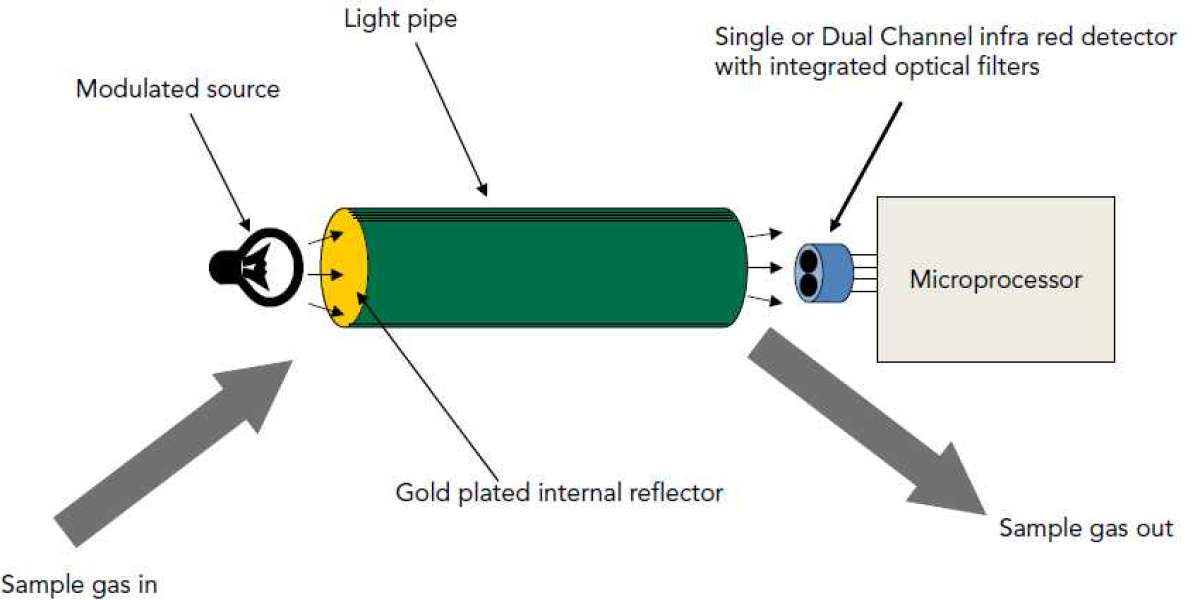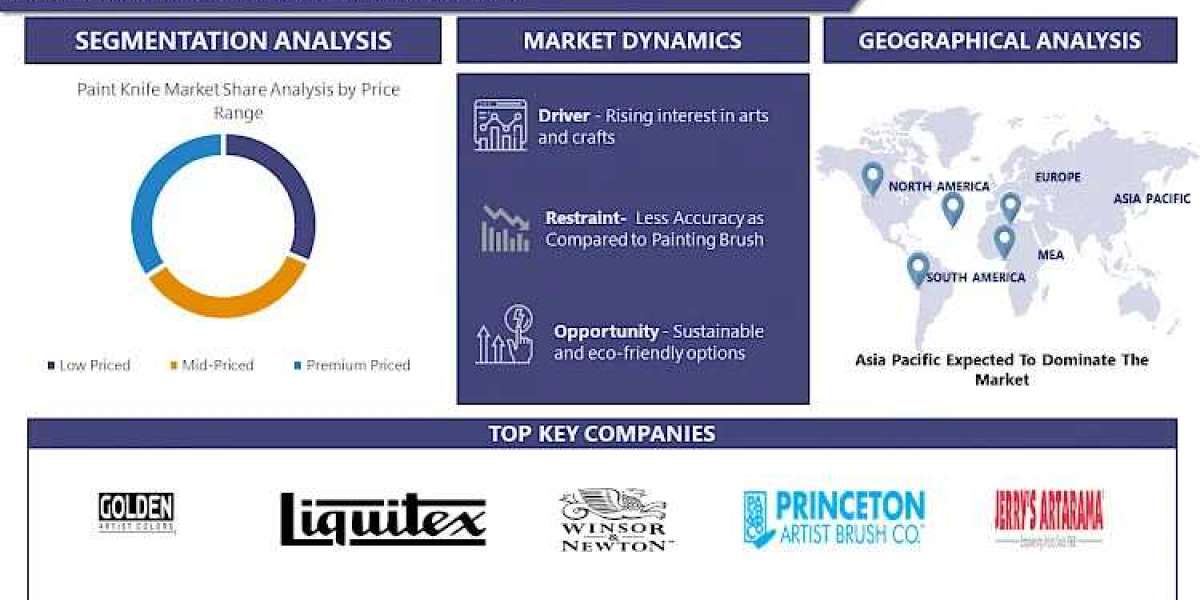The global non-dispersive infrared (NDIR) market, valued at USD 650 million in 2023, is poised for significant growth over the next decade. With an estimated compound annual growth rate (CAGR) of 6.8%, the market is expected to reach USD 1.4 billion by 2034. This growth is underpinned by several key factors, including the high performance of NDIR technology in HVAC systems, advancements in NDIR technology, and increased RD activities.
The Role of NDIR in Gas Detection
NDIR technology is a spectroscopic method used for gas detection, leveraging the specific absorption wavelengths of gases such as carbon dioxide (CO2), carbon monoxide (CO), and hydrocarbons. Unlike other spectroscopic methods, NDIR does not use a dispersive element to separate light into a spectrum. Instead, it employs a broadband light source and an optical filter to select the narrow band of wavelengths that coincide with the gas's absorption band. This results in accurate and reliable gas detection, essential for applications ranging from HVAC systems to environmental monitoring.
Market Drivers
Performance in HVAC Systems: The adoption of NDIR technology in HVAC systems is driven by its reliability, accuracy, and long-term stability. NDIR sensors are particularly effective in detecting CO2 levels, crucial for maintaining indoor air quality (IAQ). These sensors mitigate interference from other gases such as nitrogen, oxygen, and water vapor, ensuring precise measurements. With IAQ becoming increasingly important for occupant health and comfort, the demand for NDIR sensors in HVAC systems is on the rise.
RD Activities: Increased RD activities are fueling innovations in NDIR technology. The integration of NDIR sensors with smart building infrastructure and Internet of Things (IoT) platforms is enhancing real-time monitoring and data analysis. This integration not only improves building management systems but also provides valuable data on gas concentrations, optimizing ventilation systems and promoting energy-saving measures. The growing recognition of IAQ's impact on human health further drives the adoption of NDIR sensors in various applications.
Regional Outlook and Key Players
Asia Pacific: In 2023, Asia Pacific held the largest market share in the NDIR industry. Rapid industrialization, a focus on environmental sustainability, and smart city initiatives in countries like China and India are major factors contributing to this growth. The region's automotive sector is also increasingly adopting NDIR technology for emissions control. Furthermore, heightened awareness of workplace safety and the need for efficient gas detection solutions in industries such as manufacturing and mining are boosting the market.
Get Sample PDF Copy: https://bit.ly/44Z7w4e
Key Players: Leading companies in the NDIR market include Amphenol Advanced Sensors, Analox Group, Cubic Sensor and Instrument Co., Ltd., Drägerwerk AG Co. KGaA, Dynament Ltd., ELT SENSOR, Figaro Engineering Inc., Gas Sensing Solutions, SIA MIPEX, N.E.T. Srl, S+S Regeltechnik, Senseair, Sensirion AG, smartGas Mikrosensorik GmbH, and Winsen. These companies are focusing on developing miniature NDIR CO2 sensors that offer the same accuracy and reliability as larger sensors, catering to residential applications where CO2 levels are less critical but IAQ assessment is necessary.



